I've enabled the "Emulate Touch Events" option in Chrome's Developer Tools. I set up a simple test program that alerts when I touch a <div>. The program works fine on my Galaxy Nexus, but when I click on the <div> in Chrome, even with the "Emulate Touch Events" option enabled, nothing happens. Any suggestions? Am I using this tool correctly?
Here's my code - nothing too fancy.
<!DOCTYPE html>
<html lang="en">
<head>
<style type="text/css">
#main_div
{
position: absolute;
width: 50px;
height: 20px;
background-color: red;
top: 50%;
left: 20px;
}
</style>
<script type="text/javascript">
function init()
{
main_div = document.getElementById("main_div");
main_div.ontouchstart = function()
{
alert("here");
}
}
</script>
</head>
<body onload="init()">
<div>
<p id="x">hello</p>
<p id="y"></p>
</div>
<div id="main_div">
hello
</div>
</body>
</html>




